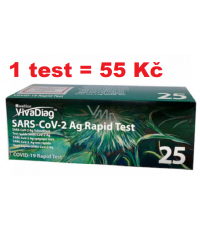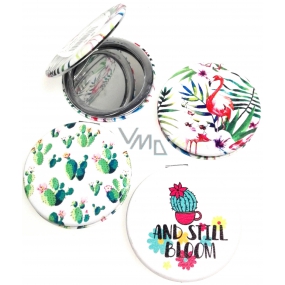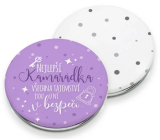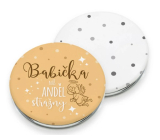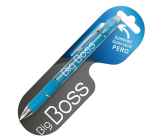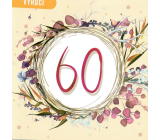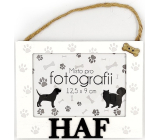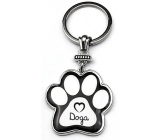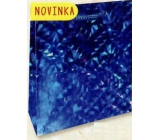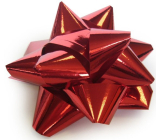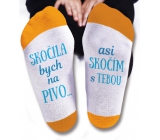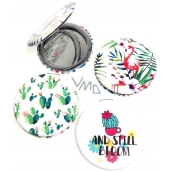Nekupto Round Mirror 6 cm
různé motivy a barvy
| Code: | 1810960 |
| EAN: | 8595040013803 |
| Producer: | Nekupto s.r.o. |
| Brand: | Nekupto (web) |
 | |
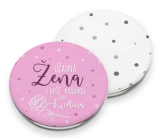 Nekupto Pocket Mirror Amazing Woman with a Soul Beautiful as a Flower 7.2 cm2.79 EUR
Nekupto Pocket Mirror Amazing Woman with a Soul Beautiful as a Flower 7.2 cm2.79 EUR| Color: |
Malý šikovný pomocník pro všechny slečny a dámy, které rády pečují o svůj vzhled. Zavírací Zrcátko s 2 různými přiblíženími uvnitř a s krásným originálním motivem potěší každou ženu. Praktická velikost tak akorát do kabelky. Obal je z příjemného materiálu a díky magnetu drží Zrcátko zavřené.
Materiál: koženka, kov
Rozměry: 6 cm.
Nekupto Zrcátko kulaté 6 cm
Thefirst mirror seems to have been a Water surface where people could observe the image of their surroundings or also their "picture". Sometime in the 6th millennium BC, polished OBSIDIAN plates appear and serve as mirrors. From the 2nd century BC onwards, metal mirrors made of polished bronze begin to be produced. These mirrors were generally used by the ancient Egyptians, Greeks and Romans. The Greeks and Romans sometimes also used polished Silver for a similar purpose.
The use of glass mirrors dates back to the Middle Ages. The first such mirrors appeared inVenice, Italy, around 1300, and they were produced in large quantities there from the 16th century onwards. The original method of manufacture consisted of coating the back of the glass with a compound of mercury and tin. The first attempt to use a Silver solution for this purpose was made by the German chemist Justus von Liebig in 1836.
Various methods of production were gradually developed, depending on the way in which the Silver salts were reduced to metallic Silver.
Today, a solution of Silver nitrate is used, which is poured onto the surface of the glass and left for about 1 hour. During this time, the Silver nitrate is gradually reduced to metallic Silver. This layer is dried, covered with Shellac and painted with the characteristic brown colour. Recently, aluminium has also been used for the production of mirrors, which has the advantage of being more resistant to corrosion (oxidation).
Mirrors are also made for industrial and scientific purposes. These are often made by evaporating Silver, rhodium or aluminium and precipitating them on the front surface of the ground glass in a vacuum. The reflecting layer reaches a thickness of about 0,1 micrometre and must be surface-protected (with silicon).
This item has not been discussed yet. If you want to be first, click on the button Add a contribution
| Color: |
Malý šikovný pomocník pro všechny slečny a dámy, které rády pečují o svůj vzhled. Zavírací Zrcátko s 2 různými přiblíženími uvnitř a s krásným originálním motivem potěší každou ženu. Praktická velikost tak akorát do kabelky. Obal je z příjemného materiálu a díky magnetu drží Zrcátko zavřené.
Materiál: koženka, kov
Rozměry: 6 cm.
Nekupto Zrcátko kulaté 6 cm
Thefirst mirror seems to have been a Water surface where people could observe the image of their surroundings or also their "picture". Sometime in the 6th millennium BC, polished OBSIDIAN plates appear and serve as mirrors. From the 2nd century BC onwards, metal mirrors made of polished bronze begin to be produced. These mirrors were generally used by the ancient Egyptians, Greeks and Romans. The Greeks and Romans sometimes also used polished Silver for a similar purpose.
The use of glass mirrors dates back to the Middle Ages. The first such mirrors appeared inVenice, Italy, around 1300, and they were produced in large quantities there from the 16th century onwards. The original method of manufacture consisted of coating the back of the glass with a compound of mercury and tin. The first attempt to use a Silver solution for this purpose was made by the German chemist Justus von Liebig in 1836.
Various methods of production were gradually developed, depending on the way in which the Silver salts were reduced to metallic Silver.
Today, a solution of Silver nitrate is used, which is poured onto the surface of the glass and left for about 1 hour. During this time, the Silver nitrate is gradually reduced to metallic Silver. This layer is dried, covered with Shellac and painted with the characteristic brown colour. Recently, aluminium has also been used for the production of mirrors, which has the advantage of being more resistant to corrosion (oxidation).
Mirrors are also made for industrial and scientific purposes. These are often made by evaporating Silver, rhodium or aluminium and precipitating them on the front surface of the ground glass in a vacuum. The reflecting layer reaches a thickness of about 0,1 micrometre and must be surface-protected (with silicon).
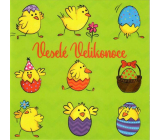 Nekupto Easter Greeting Card Happy Easter Many Days Full of Sunshine 100 x 100 mm 3555 XI0.52 EUR
Nekupto Easter Greeting Card Happy Easter Many Days Full of Sunshine 100 x 100 mm 3555 XI0.52 EUR Nekupto Gift Paper Bag 33.5 x 22.5 x 10 cm Matte Application Mobiles 1693 LBL0.87 EUR
Nekupto Gift Paper Bag 33.5 x 22.5 x 10 cm Matte Application Mobiles 1693 LBL0.87 EUR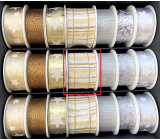 Nekupto Fabric Christmas Ribbon White with Brown and Gold Stripes 40 mm x 2 m0.87 EUR
Nekupto Fabric Christmas Ribbon White with Brown and Gold Stripes 40 mm x 2 m0.87 EUR